
One of the most surprising aspects of Baldur’s Gate 3 is just how much of the Dungeons & Dragons 5E spell list made it in there, but not all of the important spells are part of the game. Some of these are understandable due to the extra work it would have put on the devs’ shoulders to implement them, while others are a total mystery.
The fact that Larian Studios was able to get Speak with Animals and Speak with Dead in Baldur’s Gate 3 is a huge achievement, considering all of the new dialogue options it opens up. This is to say nothing of all of the little easter eggs and obscure dialogue choices that most players would never find that were included, all in the name of giving everyone a unique experience. Despite this, some major parts of the D&D 5E rules just didn’t work in video game form and had to be scrapped.
Related: Baldur’s Gate 2’s Slayer Form Makes Surprise Return In Baldur’s Gate 3
Dispel Magic Was Too Hard to Develop in Baldur’s Gate 3
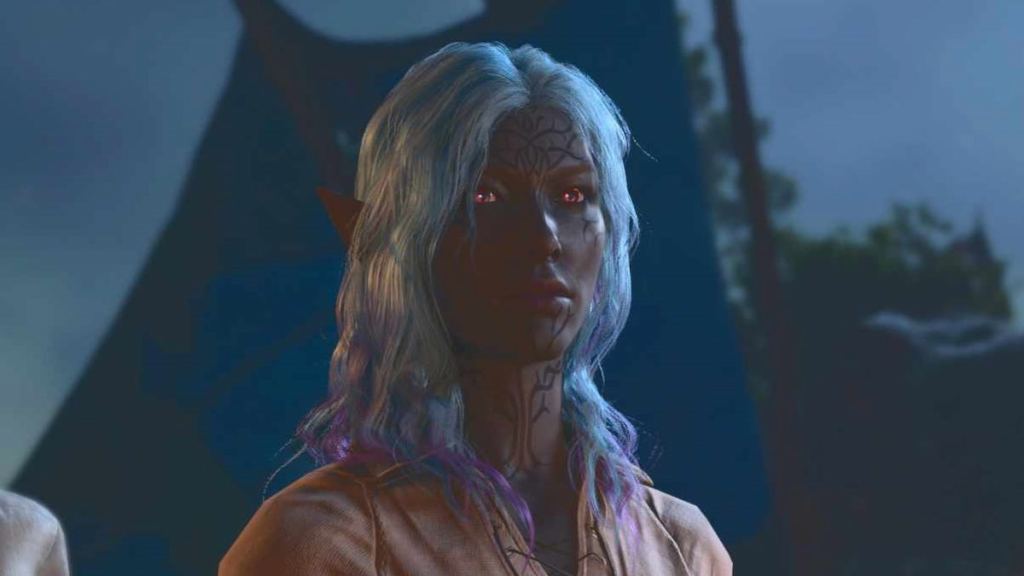
Dispel Magic is one of the most useful and popular level 3 spells in D&D 5E, which is no small compliment, considering it shares its level with Fireball, Lightning Bolt, Fly, and Haste. When cast, Dispel Magic can break ongoing magical effects, potentially removing an enemy buff or an ally’s debuff, or breaking a spell cast over an area.
Baldur’s Gate 3’s devs explained why Dispel Magic was cut in a recent interview. An attempt was made to incorporate it early on, but Dispel Magic came up so often that it was actually increasing the development time, so the decision was made to remove it early on; otherwise, fans might still be waiting for Baldur’s Gate 3 to hit store shelves.
Arcane Eye Would Have Spoiled the Surprise
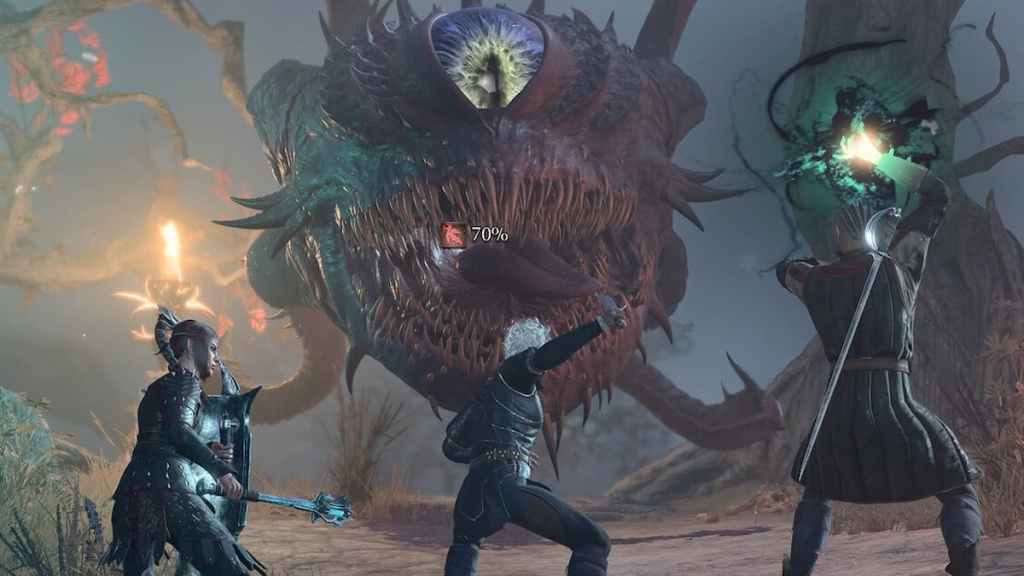
Divination spells have always been frustrating for DMs to deal with in D&D, as they are essentially spoilers for upcoming content. This is likely why the Arcane Eye spell was cut from Baldur’s Gate 3, as it’s meant to conjure an invisible magical eyeball that the caster can see through. You can send this eyeball flying around the place for up to an hour, so if it were included in Baldur’s Gate 3, you could use it to scout the entire map in total safety, all through a single spell.
Mislead’s Absence is a Mystery
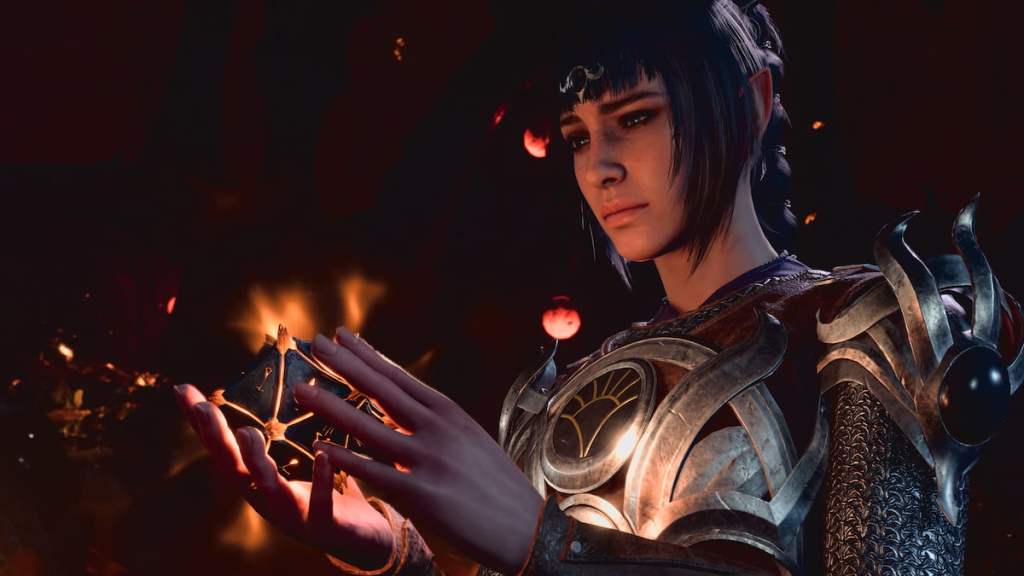
The Mislead spell’s absence from Baldur’s Gate 3 is a big mystery, because the elements that make up the spell already exist in the game. When you cast Mislead in D&D 5E, the caster becomes invisible, while an illusory double of their form appears where they stood. You can then switch between your senses and that of your double, allowing you to control them separately while your body can move to safety.
Baldur’s Gate 3 already has the Invisibility spell and the Illusory Double ability (as used by Shadowheart as one of her Cleric Domain powers), so these elements could have been combined to create Mislead. It would have been a useful opening spell in combat, where you could use your double to draw fire while the caster moved into a favorable position.
Conjure Fey Could Easily Have Been Adapted to Baldur’s Gate 3
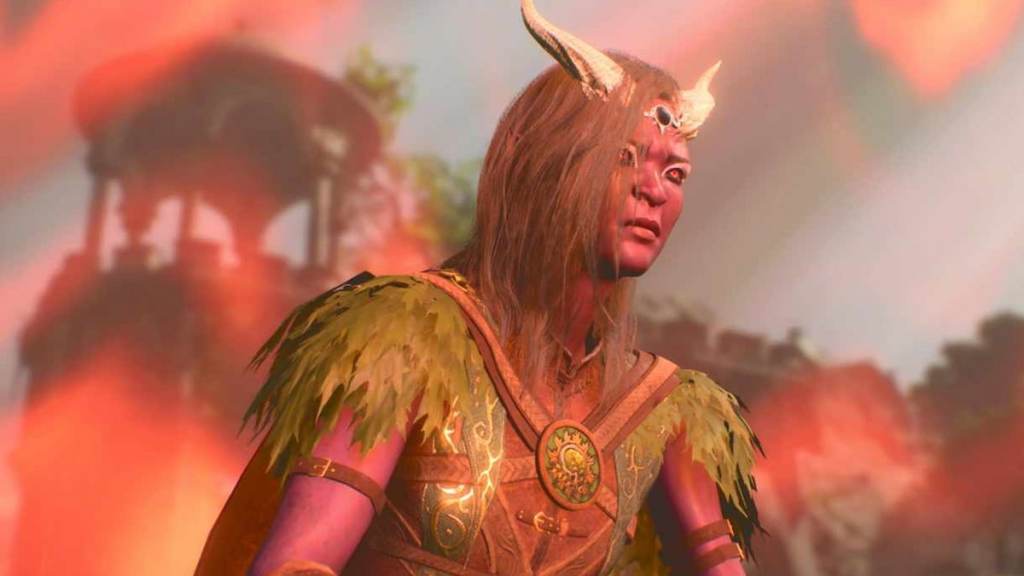
There was a time when D&D was filled with spells that summoned monsters, but these have been curtailed in D&D 5E. A few of these spells did make it into Baldur’s Gate 3, such as Conjure Minor Elementals and Conjure Woodland Beings, but a higher-level variation is notably absent: Conjure Fey.
In D&D 5E, Conjure Fey lets you summon a Fey creature of Challenge Rating 6 or lower. In most cases, this involves summoning hags or pixies. The developers of Baldur’s Gate 3 had a perfect template for this summon in Baldur’s Gate 3, as they could have reworked Auntie Ethel (a powerful early game boss monster) into a creature that the player could summon, by tweaking her character models and abilities, but the spell was left unused.
Bigby’s Hand is a Surprising Omission From the Game
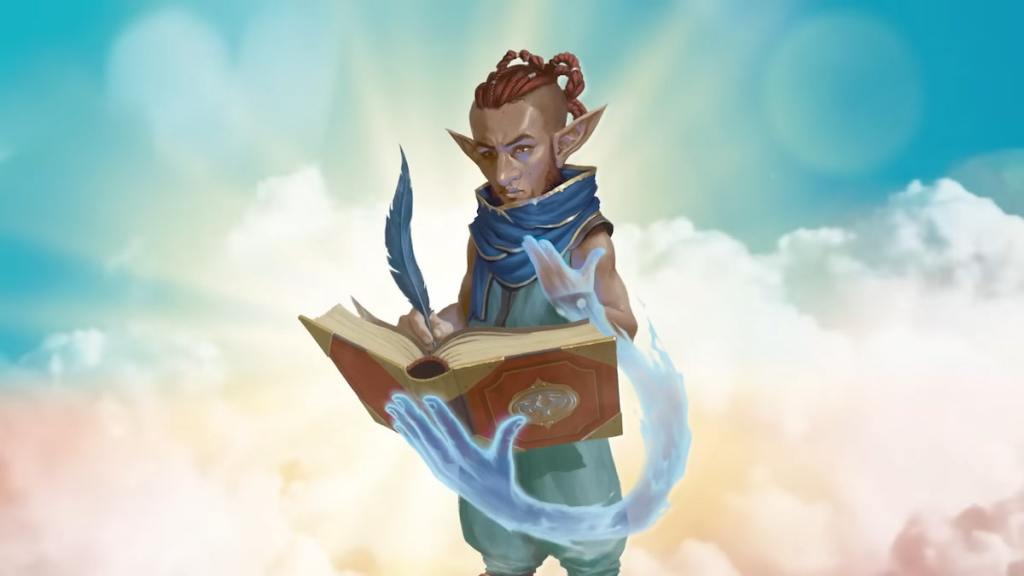
There are some spells in D&D 5E and Baldur’s Gate 3 that contain character names, such as Tasha’s Hideous Laughter, Otto’s Irresistible Dance, and Otiluke’s Resilient Sphere. These refer to characters from the Greyhawk setting, which is different from the Forgotten Realms, where Baldur’s Gate 3 is set, and most of them are names of some of the earliest spellcasters ever created in D&D.
Related: Baldur’s Gate 3: What’s The Level Cap?
One of the most famous wizards in the D&D multiverse is Bigby, who recently got his own book, called Bigby Presents: Glory of the Giants. Bigby is the creator of the Bigby’s Hand spell, which summons a giant magical hand that can perform different actions in combat. It should have been easy to adapt this spell into Baldur’s Gate 3, turning it into a summon of sorts, where the player creates a magical hand that they can use in battle, but it’s mysteriously absent from the game.
from Gamepur https://ift.tt/mOrwBcR